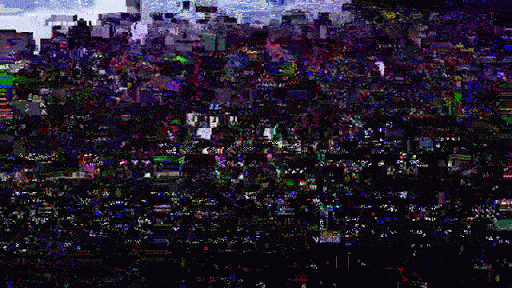
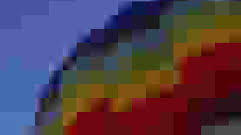

"Well?" I said. "Then the Machine did work the way you expected?"
The initial idea for 'The Brutalisation of Beautiful Things' was born from a reading of Philip K Dick's 'The Preserving Machine'. It tells the story of Doctor Labyrinth, a man who becomes convinced that the world is going "the way of Rome". Everything as we know it would die out and leave a trail of darkness. With such thoughts, Labyrinth begins to consider what would be lost in this process.
Music, art and literature would be forgotten, however he was sure that music would be lost at greater speeds than any other art form — as it is the "most perishable of things, fragile and delicate, easily destroyed". He feared the idea of there being no more Brahms or Mozart. These thoughts pushed Doctor Labyrinth to come up with the idea of his 'Preserving Machine', which would translate sheet music into something that could "burrow out, like some buried mole... with claws and sharp teeth and a furious energy".
He hypothesised that if music could be transformed into "living creatures, animals with claws and teeth, then music might survive". Thus the idea to build a machine to process musical scores into living forms was born.
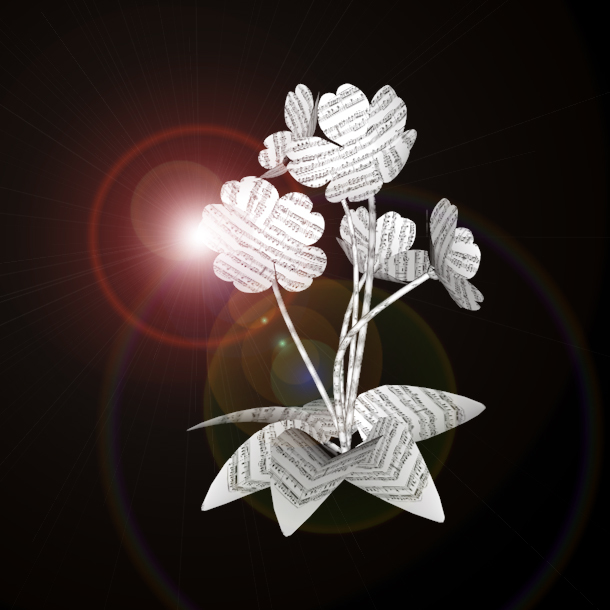
The machine ended up being a success, however he never seemed to have control over the results in any way. The animals that the machine was creating "were bending, changing before a deep, impersonal force, a force that Labyrinth could neither see nor understand. And it made him afraid".
"Music would survive as living creatures, but he had forgotten the lesson of the Garden of Eden: that once a thing has been fashioned it begins to exist on its own, and thus ceases to be the property of its creator to mold and direct as he wishes. God, watching man's development, must have felt the same sadness -- and the same humiliation -- as Labyrinth, to see His creatures alter and change to meet the needs of survival."
The very beauty that he was trying to preserve was becoming brutalised before his very eyes. They were transforming into something completely different and he had no control of it.
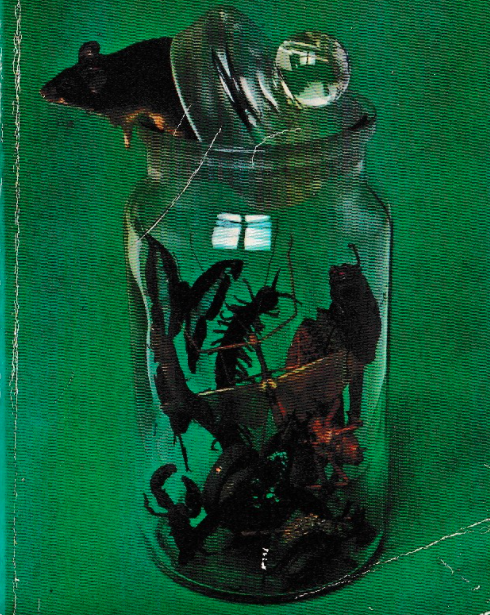
The idea for this work started with the idea of considering social media platforms as ‘machines’ or algorithms that preserve. However, once content is uploaded onto these platforms, our control over them is quickly lost. We relinquish authority over the image, allowing them to be downloaded, altered, edited, brutalised and re-uploaded by someone else. These ‘machines’ also create copies of the content we feed into them, however, it comes at a price. The content is compressed and as a result, evolves and changes. Once these images are fed into the machine, we lose control over them. They are disseminated, re-downloaded and re-purposed - especially as things go ‘viral’.

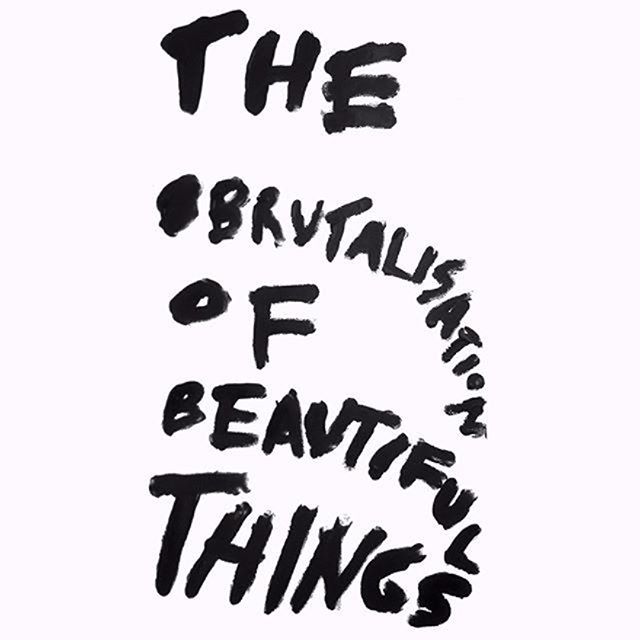
‘The Brutalisation of Beautiful Things’ was hand-painted in oil on a 1.5m x 1.5m canvas and then photographed. The digital image was then uploaded and re-downloaded over a hundred times on Instagram with the help of a custom-built script to allow the Instagram algorithm to compress the image over and over again. This process somewhat replicates the idea of news, statistics and images being shared and altered online. The final file downloaded from Instagram became pixelated and a strange purple hue started to appear. This final digital file was then printed back on top of the original oil painting, to create a collaboration between myself and the Instagram algorithm.
The work becomes a physical painting, altered by the Instagram algorithm and then fed back out as a final canvas. It encompasses the process from start to finish, where we see a visual shift in how the ‘machine’ is changing the sentence and its original meaning. ‘The Brutalisation of Beautiful Things’ reaffirms the importance of the ‘original’, especially in a world where everything from news to politics is altered by these systems - leaving us with lies that serve a specific agenda.

Original Painting
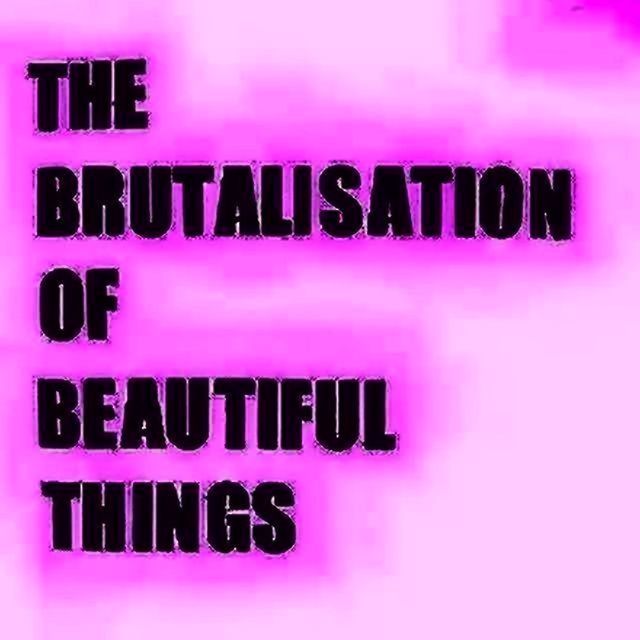
Uploaded/Download number 102 from Instagram

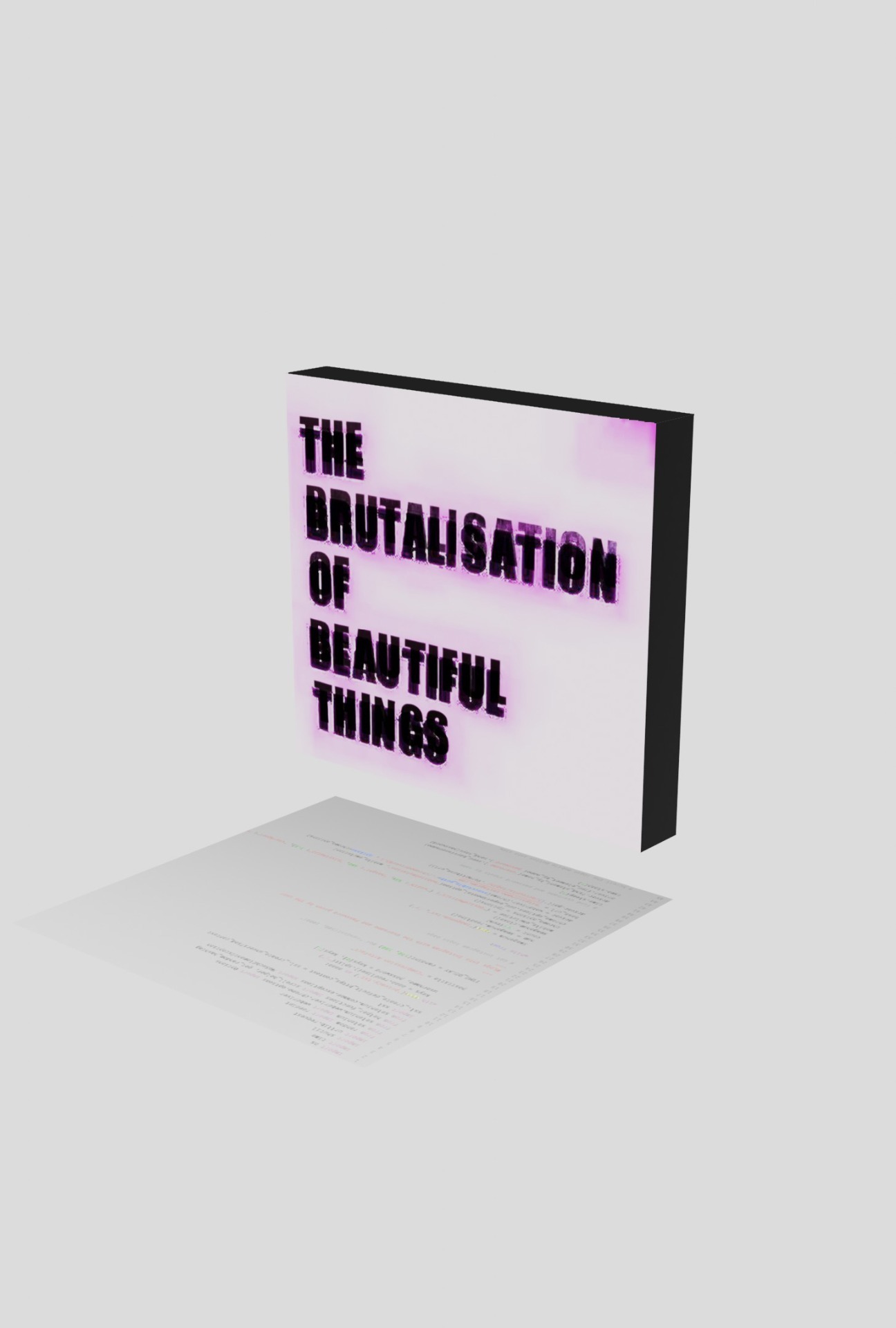
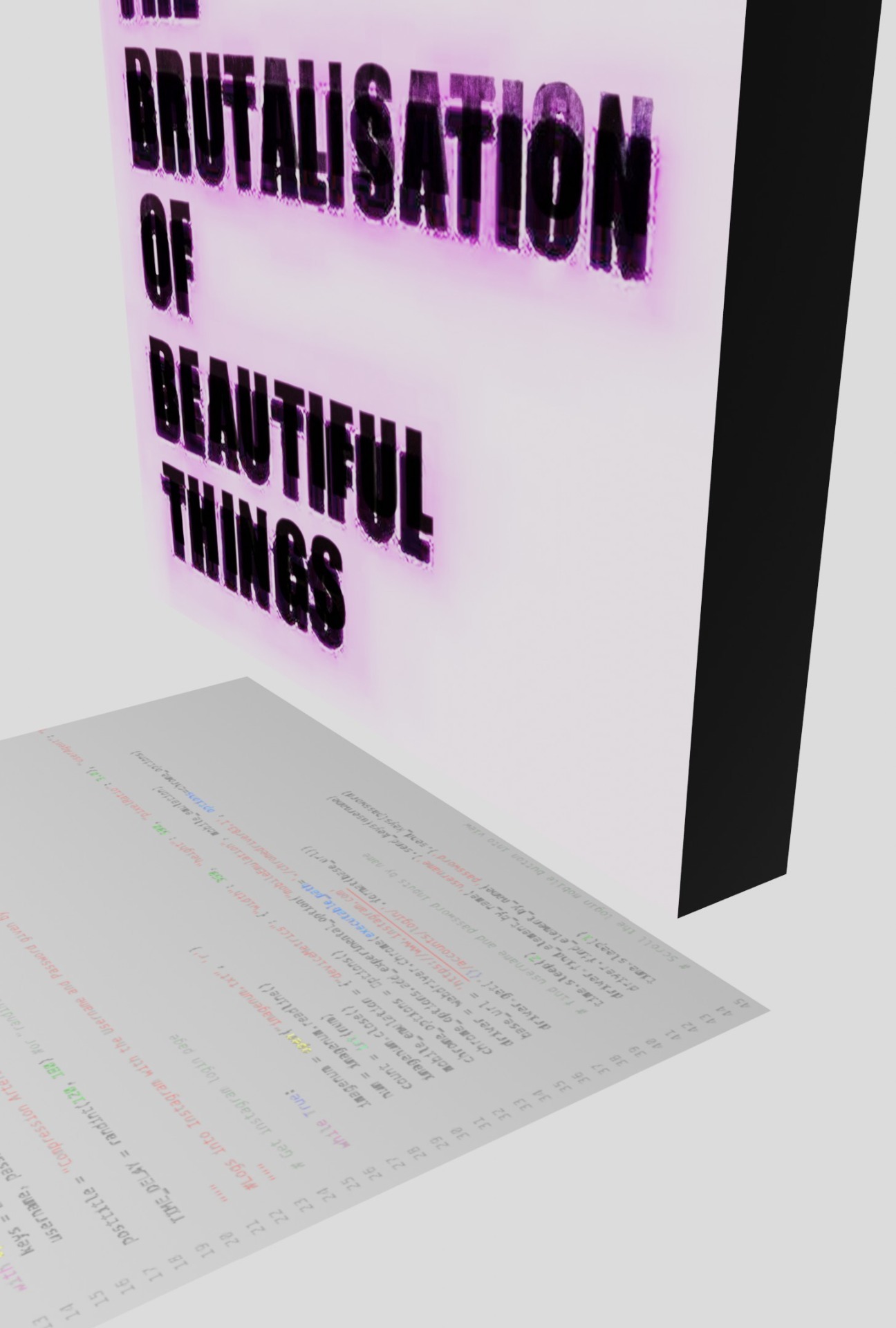
The final work for the online show is shown above. The digital version of the work reveals the code behind the process in its shadow.



